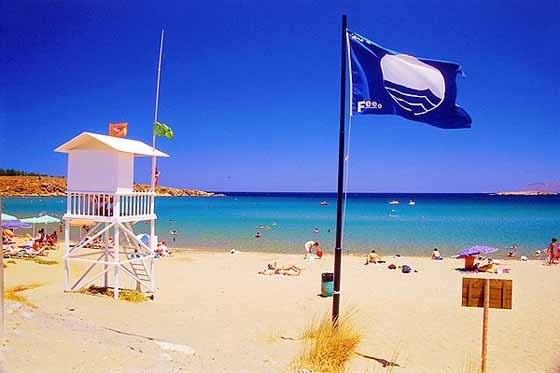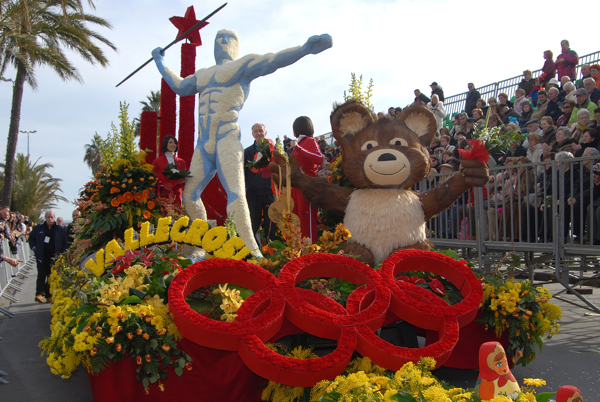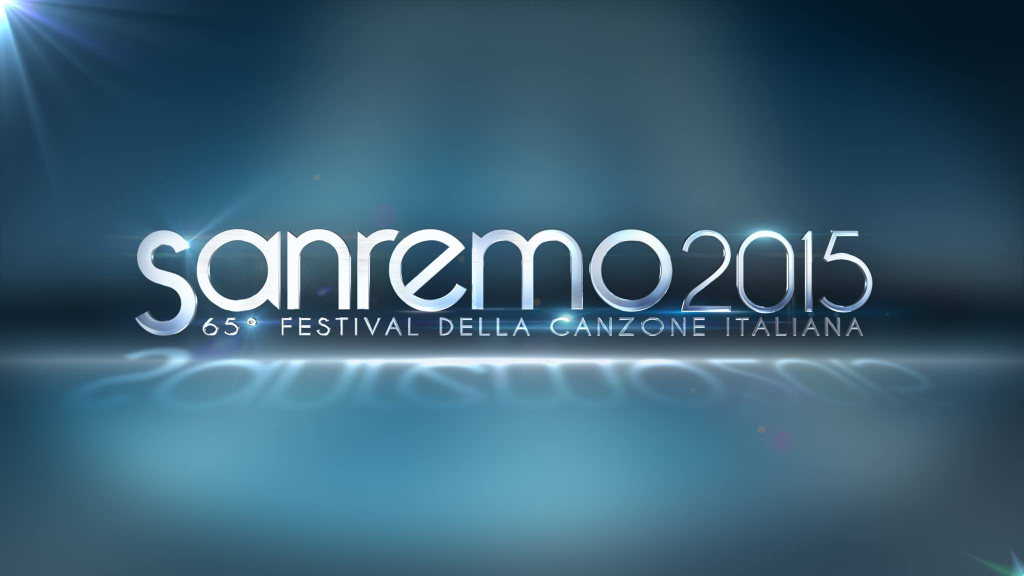The high life in Liguria
‘It is agricultural jewellery: tiny vineyards set, in springtime, amid the silver of olives and the golden yellow of mimosa flower,’ writes Andrew Jefford
The neighbouring wine-producing regions of Languedoc, Provence and Liguria front the northern Mediterranean — and do so with great contrast. Languedoc has a warm plain backed by luminous, scented hills: propitious for muscular reds and generally rich white wines. Move east to Provence, and the plain is gone: the hills tumble directly into the sea. Breeze and altitude quickly mitigate the coastal roar of heat: perfect for nuanced, subtle rosé. Move still further east to Liguria, and it’s not hills but mountains that march down to the water’s edge. “In 12km here,” says Filippo Rondelli of Terre Bianche, a leading producer of Rossese di Dolceacqua, “you go from a Mediterranean climate to a continental climate to a pre-Alpine climate.”
The A10 motorway stitched into the Ligurian cliffs is optimistically called the “autostrada of flowers” but a succession of grimy tunnels and sudden, vertiginous bridges is what its users are most familiar with. The landscape lends itself less easily to wine production than it does further west: Liguria produces one-twentieth of the Provence total, and 200 times less than Languedoc. It is agricultural jewellery: tiny vineyards set, in springtime, amid the silver of olives and the golden yellow of mimosa flower, while broadleaf forest, conifers and, finally, the rock and snow of the peaks fill the horizon behind.
Liguria’s emblematic vineyard is Cinque Terre — the “five lands” being five medieval villages of the Genoese Republic, colourfully teetering to the west of La Spezia just above the sea and below 500m of what were once vine-filled terraces. Tree-heather, initially planted as a windbreak, is slowly and comprehensively evicting the vines; today’s landholders neither need nor relish the hard physical labour of working these un-mechanisable vineyards, and only 80ha out of 1,400ha are still cultivated. Most are devotedly vinified by the local co-operative winery, entirely staffed by part-timers (its director, Matteo Bonanini, works in the naval shipyards of La Spezia). The extinction of Cinque Terre, though, would mark a true loss of diversity in the wine world. Its subtle freshness and unique saline edge, said to be the result of the fruit bathing for an entire growing season in marine air, are compelling. Its core grape variety, Bosco, is little grown elsewhere: this is the end of Bosco’s road. There is even a unique sweet wine alternative made from dried Bosco grapes called Sciacchetrà, made with extensive skin contact and gratifyingly tannic.
Bosco is blended, for Cinque Terre’s dry whites, with Albarola and Vermentino, and Vermentino is the grape variety chiefly used elsewhere in Liguria for dry whites. It’s one that cruising yachtspeople will be familiar with, as it’s much grown along the coast in Provence and Languedoc (where it’s often known as Rolle), as well as on Corsica and Sardinia: coastal Vermentino tends to be filmy and soft, with flavours of aniseed and white almond.
Something intriguing, though, happens to it when it goes mountaineering in Liguria: it mutates into two palpably different varieties. Both have lighter alcohol and a kind of mountain vitality to them not apparent by the sea’s edge. Ligurian Vermentino has a blossomy freshness and white orchard fruit rare in coastal locations. And then there is Pigato: a genetically identical grape to Vermentino, yet with different bud colour and leaf shape, and with distinctively speckled grapes. Wines based on Pigato seem to possess more structure, more perfume and more nuttiness than Vermentino itself. (Liguria has a variety of DOC names, including Colli di Luni and Riviera di Ponente; happily grape variety names are generally used in conjunction with these.)
And Ligurian reds? They exist; and they, too, are full of surprises. Piedmont’s Dolcetto ekes out a living in the Ligurian highlands under the name Ormeasco; it’s a particular speciality of the upper Arroscia valley, inland from Imperia, where maize-yellow houses punctuate a grand mountain pass, down which the grape originally travelled from the Piedmontese heartland. Ormeasco di Pornassio is a DOC for wines produced around the key wine village in this valley: dark and scented (strawberries, cherries, nettles), with lots of fresh, cordial charm.
Paler yet more ambitious, though, are the reds made from the Rossese grape variety around the village of Dolceacqua and elsewhere. The best of these have the hue, the shape and the weight of Pinot Noir: translucent, graceful reds of purity and precision. They are capable, claim the locals, of reflecting the differences between site and soil type with more articulacy than other Ligurian grape varieties. Quite why this should be is a mystery — since it turns out that the Rossese of Dolceacqua is the same grape variety grown further west in Provence under the name Tibouren. There, it is regarded as a “rosé grape”, and a secondary one at that. Provence has serious red wines of its own but they are always produced from a wide range of warhorse varieties, including Cabernet Sauvignon, Mourvèdre and Grenache, which would struggle to ripen in most Ligurian sites.
Perhaps the chief call on our attention of the wines of high places is just this: altitude itself seems to lend an intricacy to varieties regarded dismissively in warmer, easier zones. To the north-east of Liguria in Italy’s Alto Adige, you will find fine examples of Pinot Bianco (Pinot Blanc) and Müller-Thurgau, little rated at lower elevations; the high Swiss valleys mother gastronomic Chasselas and Gamay, as well as many other varieties disdained or abandoned elsewhere. Liguria may have less in common with its Mediterranean neighbours, in fact, than with its soaring Alpine hinterland.
From: ft.com
By: Andrew Jefford





